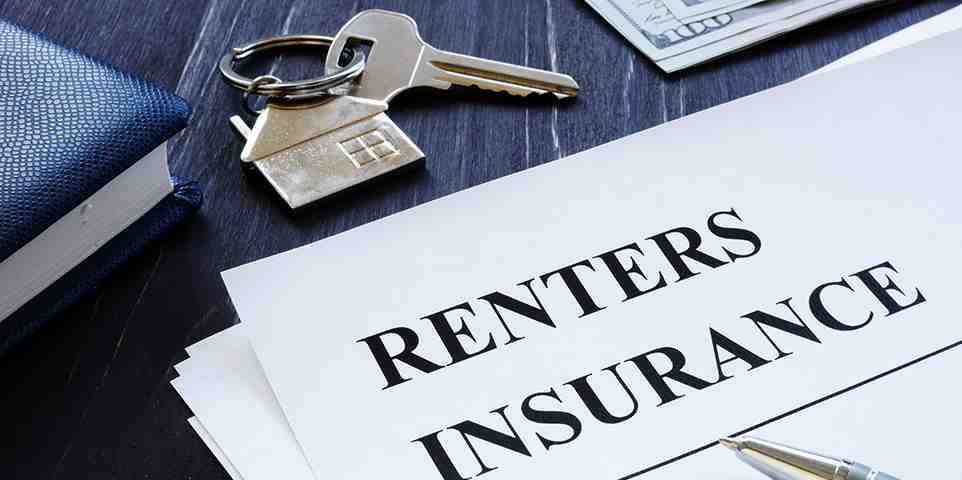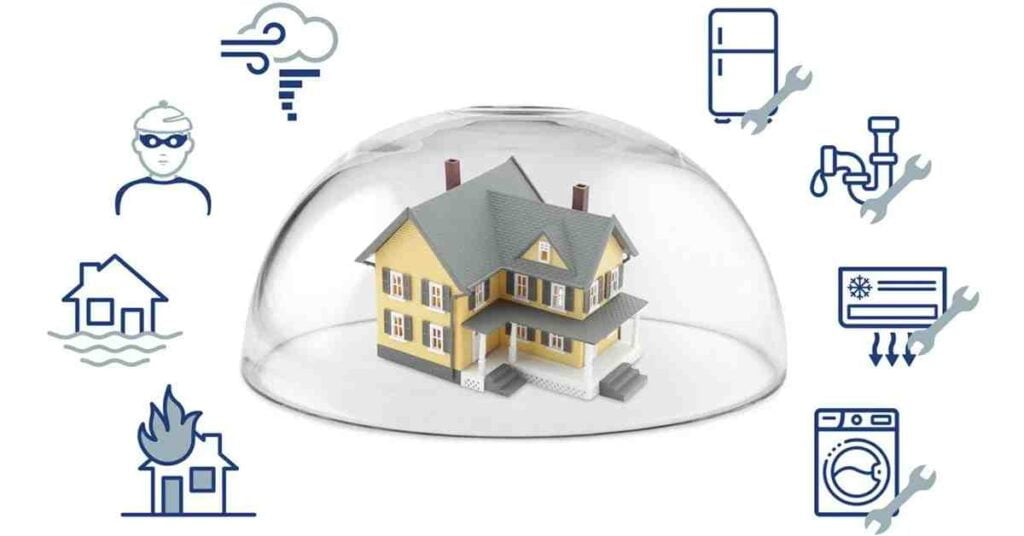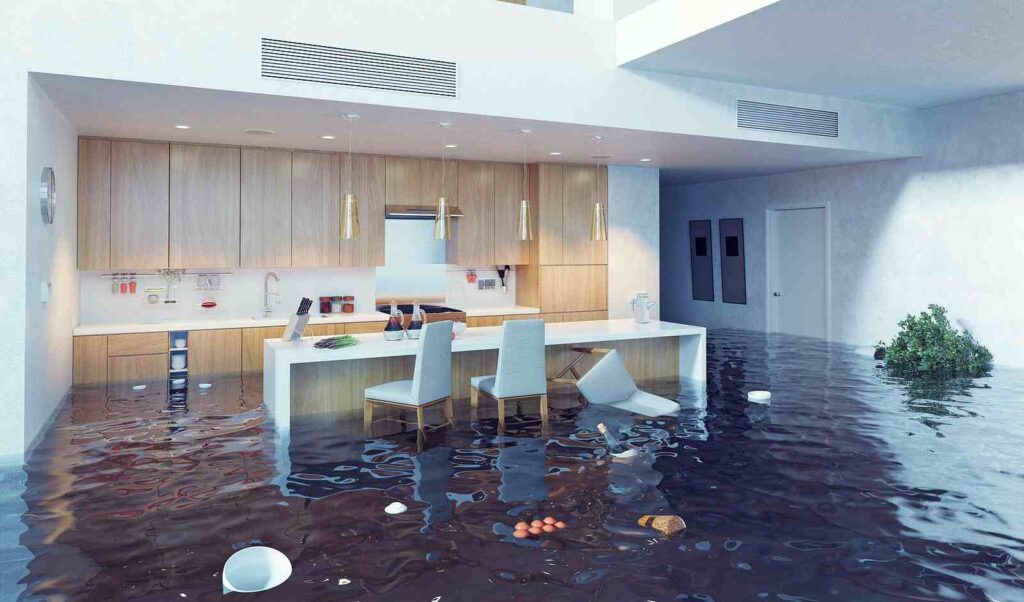Renting a home comes with its own set of responsibilities and uncertainties. While your landlord’s insurance likely covers the physical dwelling you live in, what about your personal belongings inside? What if a guest gets injured on the property? This is where renters insurance comes into play.
Renters insurance is designed to protect tenants and their personal property from unexpected events like theft, fire, or liability claims. But does it cover the dwelling itself? This is a common question among renters, and the answer might surprise you.
In this article, we’ll dive into the details of renters insurance—what it covers, what it doesn’t, and why it’s a must-have for anyone renting a home. We’ll also share some handy tips for picking the right policy and filing a claim, making it easier for you to navigate the sometimes confusing world of insurance.
What is Renters Insurance?

Renters insurance, often referred to as tenants’ insurance, is a specific type of insurance policy designed for individuals renting homes. This could be an apartment, a house, or a condo. It provides crucial coverage for a variety of unexpected incidents.
One of the key components of renters insurance is personal property coverage. This aspect of the policy covers the cost to repair or replace your personal items, such as furniture, clothing, and electronics, if they are damaged, destroyed, or stolen. This coverage applies whether the incident occurs inside or outside your rental property. However, it’s important to note that there may be coverage limits on high-value items like jewelry or artwork.
Another important feature of renters insurance is liability protection. If someone gets injured in your rented home and you’re found responsible, this coverage can help. It can cover the cost of the injured person’s medical bills and even any legal costs if they decide to sue you.
Additionally, renters insurance includes a provision for additional living expenses. If your rental home becomes uninhabitable due to a covered event like a fire or water damage, this coverage can help pay for your temporary living expenses. This might include costs like hotel bills or restaurant meals.
It’s crucial to understand that renters insurance does not cover the physical structure of the building you’re renting. That’s typically covered by your landlord’s insurance. However, renters insurance does provide vital protection for everything inside your rented home. It’s a small investment that can offer significant peace of mind.
Personal Property Coverage
Personal Property Coverage is a key component of renters insurance. It provides coverage for your personal belongings, such as furniture, clothing, electronics, and appliances, if they are damaged, destroyed, or stolen. This coverage applies whether the incident occurs inside or outside your rental property.
Certain high-value items like jewelry, artwork, collectibles, and specialized computer or hobby equipment may be subject to coverage limits. If these items exceed the standard coverage limits, you have the option to add additional coverage for these items by “scheduling” an item, also known as adding an “insurance rider” to your policy.
Typically, you may choose between two different types of personal property coverage: actual cash value and replacement cost coverage. Actual cash value coverage compensates you for what your items are worth in their present-day condition. As a result, it’s likely that your insurance settlement won’t provide sufficient reimbursement to purchase new replacements.
Personal Liability and Medical Payments
Personal Liability and Medical Payments are two important components of renters insurance that deal with incidents where someone might get injured in your rented home.
Personal Liability Coverage is designed to cover you if you are found legally responsible for an accident that causes injury to another person or damage to their property. For instance, if a guest slips and falls in your apartment, or if your child accidentally breaks a neighbor’s expensive vase, personal liability coverage can help cover the associated costs. This coverage can also help cover legal fees if the injured party decides to sue.
Medical Payments Coverage, on the other hand, is designed to cover medical expenses if a guest is injured in your rented home, regardless of who is at fault. For example, if a friend twists their ankle while visiting your apartment, medical payments coverage can help pay for their medical bills.
It’s important to note that while most parts of insurance require that you pay a deductible before the coverage kicks in, this is generally not the case with liability claims. Also, these coverages do not apply to you or members of your household; they are designed to protect you from financial loss if you are held responsible for harm to others.
Additional Living Expenses
Additional Living Expenses (ALE) is a crucial part of renters insurance that comes into play when the rental property becomes uninhabitable due to a covered loss. This could be due to events like a fire, flood, or other covered disasters.
If such an event occurs and you’re temporarily unable to live in your rental property, ALE coverage helps pay for your increased living expenses. This includes costs like hotel stays, restaurant meals, and even laundry services. Essentially, it covers the difference between what you normally pay for things and what you now have to pay because you’re not living at home.
For example, if a fire renders your apartment uninhabitable, your ALE coverage would help pay for your hotel stay and any additional food costs from having to eat out. It might also cover other unforeseen expenses, like moving costs, storage costs, or pet boarding.
It’s important to note that ALE coverage is typically subject to a limit, and it pays out on a reimbursement basis. This means you’ll need to keep receipts for all your additional expenses to submit with your claim.
Homeowners Insurance vs. Renters Insurance

Here are the key differences between homeowners insurance and renters insurance, particularly in terms of dwelling coverage:
Homeowners Insurance:
- Dwelling Coverage: It typically includes dwelling coverage, which protects the physical structure of the home against damage from covered risks like fire, wind, hail, and vandalism.
- Other Structures: Homeowners insurance also covers other structures on the property, such as fences, sheds, and detached garages.
- Personal Property: It provides coverage for the homeowner’s personal belongings, both inside and outside the home.
- Liability Protection: Offers liability coverage in case someone is injured on the property or the homeowner causes damage to someone else’s property.
- Additional Living Expenses: If the home is uninhabitable after a covered loss, homeowners insurance can cover temporary living expenses.
Renters Insurance:
- No Dwelling Coverage: Renters insurance does not include dwelling coverage. The landlord’s insurance policy typically covers the rental property’s physical structure.
- Personal Property: Renters insurance covers the tenant’s personal belongings within the rental unit against perils similar to those covered by homeowners insurance.
- Liability Protection: Similar to homeowners insurance, it provides liability coverage for the renter.
- Additional Living Expenses: If the rental unit becomes uninhabitable due to a covered peril, renters insurance can help cover the cost of temporary housing.
In summary, the main difference lies in the coverage of the physical structure. Homeowners insurance is comprehensive, including the building itself, while renters insurance is designed to protect only the renter’s personal property and liability, not the building they reside in.
What Renters Insurance Does Not Cover
While renters insurance provides a broad range of coverage, it’s equally important to understand what it typically does not cover. For instance, natural disasters such as floods, earthquakes, and sinkholes are usually not covered under standard renters insurance policies. You would often need separate policies or endorsements for these types of perils.
Damage caused by pests, such as bed bugs and other insects, is also not typically covered. Similarly, damages due to neglect or mold are usually not included in the coverage. If you have a roommate, their possessions won’t be covered unless they are specifically listed on the policy.
Does Homeowners Insurance Cover Rotting Wood?
Motor vehicles, including your car, are not covered by renters insurance. Additionally, anything you keep outside your home is typically not covered. Lastly, the physical structure of your rental unit, such as the walls, roof, and flooring, is not covered by renters insurance. This is usually the responsibility of your landlord and should be covered by their insurance policy.
How to File a Claim
Filing a claim on your renters insurance policy is a process that involves several important steps to ensure that your claim is processed efficiently and effectively. Here’s a step-by-step guide on how to file a claim:
- Notify Your Landlord: As soon as you realize that you need to file a claim, inform your landlord about the situation. This is especially important if the loss involves damage to the property.
- File a Police Report (If Necessary): If the claim involves theft, vandalism, or other criminal activity, it’s crucial to file a police report. Your insurance company may require a copy of this report to proceed with your claim.
- Contact Your Insurance Company: Reach out to your renters insurance company as soon as possible. Have your policy number and any relevant information, such as the police report number, ready when you call.
- Document Your Losses: Take photos or videos of the damage and make a list of all items that were damaged or stolen. This documentation will be vital when detailing your losses to the insurance company.
- Complete the Claims Form: Your insurance provider will require you to fill out a claims form. Be as detailed and accurate as possible when describing the incident and the losses you’ve incurred.
- Make Temporary Repairs: If necessary, make temporary repairs to prevent further damage. Keep receipts for any repairs or purchases, as they may be reimbursable under your policy.
- Keep Records: Maintain a file with all documentation related to the claim, including correspondence with the insurance company and any receipts or invoices.
- Update Your Home Inventory: After the claim is filed, it’s a good practice to update your inventory of personal possessions to reflect any changes.
Remember, the sooner you start the claims process, the better. Many insurance providers have time limits for filing claims, so don’t delay.
FAQs
Q 1. Is Renters Insurance Required by Law?
Ans. No, renters insurance is not required by law. However, some landlords may require it as part of the lease agreement to ensure that tenants have some level of protection for their personal belongings and potential liabilities.
Q 2. Can Roommates Share a Renters Insurance Policy?
Ans. While roommates can share a policy, it’s generally not recommended. Shared policies can lead to complications in the event of a claim, and coverage limits might not be sufficient for all roommates’ belongings.
Q 3. What Factors Affect Renters Insurance Premiums?
Ans. Several factors can affect the cost of renters insurance premiums, including the location of the rental property, the coverage limits chosen, the deductible amount, and the renter’s credit history.
Q 4. Can You Get Renters Insurance After Moving In?
Ans. Yes, you can purchase renters insurance at any time, not just at the beginning of your lease. It’s a good idea to get coverage as soon as possible to protect your belongings.
Q 5. Does Renters Insurance Cover Pet Damage or Injuries?
Ans. Renters insurance typically includes liability coverage that may cover injuries caused by pets. However, property damage caused by pets is usually not covered under a standard policy.
Q 6. Are Expensive Items Like Jewelry Fully Covered?
Ans. High-value items such as jewelry, art, and collectibles may have limited coverage under a standard policy and often require additional coverage or a rider to be fully insured.
Q 7. Does Renters Insurance Cover Temporary Relocation Costs?
Ans. Yes, if a covered peril makes your rental uninhabitable, renters insurance typically includes additional living expenses coverage that can help pay for temporary relocation costs.
Q 8. Can Renters Insurance Cover Losses Outside the Home?
Ans. Yes, personal property coverage in a renters insurance policy often extends beyond the rental unit, protecting belongings that are outside the home, such as items in your car or with you while traveling.
Conclusion
Navigating renters insurance might feel overwhelming, but it’s crucial for anyone renting a home. While it’s true that renters insurance doesn’t cover the physical structure of your dwelling, it does provide significant protection for your personal belongings, liability, and additional living expenses.
Choosing the right policy involves understanding what’s covered, determining your coverage needs, comparing quotes, and considering the reputation of the insurance company. Remember, the goal is to find a policy that fits your needs and provides peace of mind.
Whether you’re a long-time renter or just starting out, having a good renters insurance policy is a small investment that can save you a lot of money and stress if something unexpected happens.

Join Shubham, a finance enthusiast with a mission to empower readers with the knowledge and tools to achieve financial freedom. Discover smart financial advice and unlock your financial potential.


